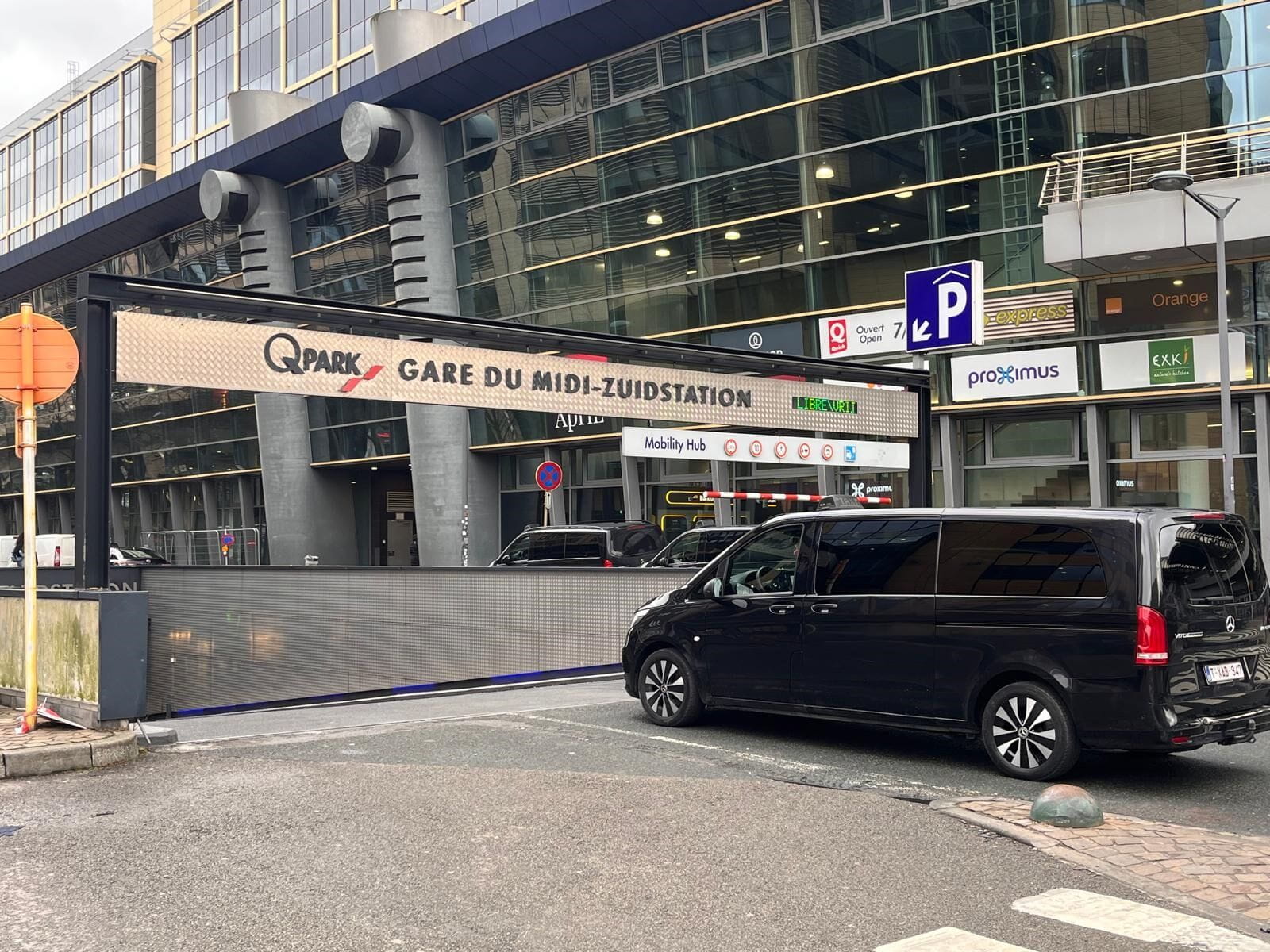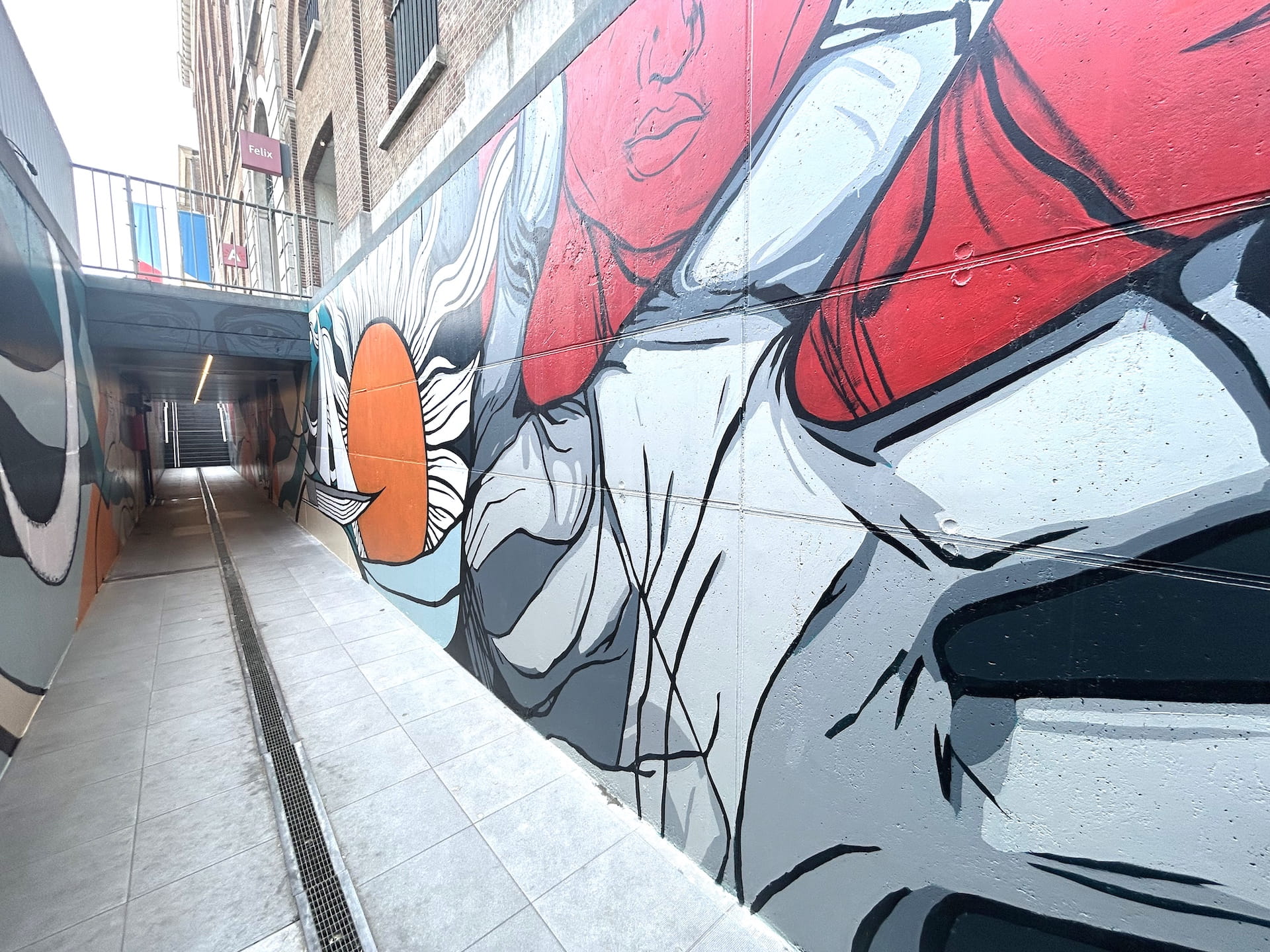
| With 11 certified Mobility Hubs across 5 cities, Q-Park Belgium is transforming urban travel. Discover how they combine EV charging, shared mobility, and public transport access to support sustainable, future-proof cities.
Read more
Urban mobility is facing unprecedented challenges. With the population on the rise in many cities, reconciling seemingly conflicting interests has never been so complex. How do we keep cities accessible, lively and economically viable on the one hand, and liveable and safe on the other?
All too often, this debate is reduced to the question of whether cars still have a place in cities. To the public and in political discourse, this has created two opposing movements: the car is either a devil that needs to be banned, or a symbol of basic liberties violated by initiatives like car free zones and circulation plans.
This binary atmosphere is unfortunate. Because banning cars or just letting them roam freely are two opposite possibilities, both of which have too many downsides. Instead of this lose-lose interaction, we need an actual win-win solution.
First of all, the ‘city without cars’ as imagined by some people, will not solve the mobility problem, it will simply replace it by another: do we really want cities to become inaccessible by car, for the people who live, work and visit them? Will that city remain an attractive place for people, leisure amenities and businesses?
On the other hand, the unbound freedom of cars which characterised most western cities at the turn of the century is no longer sustainable for a variety of reasons.
At Q-Park we strongly believe that the win-win solution we need, lies in the smart organisation of cars, not only when moving, but also when parked. Driving and parking are often seen, and therefore addressed, as two separate challenges in mobility, while they are obviously interconnected. The way we organise parking largely determines how many cars drive into cities, where and how they move around, and how much public space they take up.
One of the big issues for example, is cars having to drive around looking for parking space. Instead, we want cars that move efficiently – in our industry we call that transforming search traffic to destination traffic. The increasing number of our off-street Mobility Hubs do just that: you drive directly to the Mobility Hub close to your destination, and if needed you use alternative transportation modes like public transport or a bicycle – which you will find in or near the Hub – for your ‘last mile’ movement.
Does this mean that we should encourage people to come to cities by car? Of course not. That’s why we embrace the construction of P+R facilities in the city’s periphery: if people prefer to park at the outskirts of the city (often at favourable rates), they should have that option - as a positive choice which reduces traffic in the city centre.
And if they do decide to park in the city centre, off-street parking facilities create something that cities crave so much: public space – to be filled in according to the needs and wishes of the neighbourhood. Think green parks, playgrounds and outdoor leisure areas in places that would otherwise be taken up by car clutter. And thanks to multi-layered car parks, this can all happen while providing the number of parking spaces needed.
To sum up: if we want to keep moving towards sustainable, liveable, and economically viable cities, let’s give people a variety of transport options so they can make their own, positive choice in any circumstance. And when they choose to take a car, let’s make sure that causes as little nuisance as possible.
For years now, Q-Park has been working on this together with municipalities in many major European cities as a Sustainable Mobility Partner. This has clearly shown, for example in Q-Park Kooldok in Antwerp (in Dutch), the benefits of integrating parking into Sustainable Urban Mobility Plans (SUMPs) at an early stage.
We invite everybody, especially local authorities, to break the belief that car accessibility and liveable cities are two incompatible goals. They can coexist, when both moving and parked cars are well-organised and part of a smart mobility offer.





